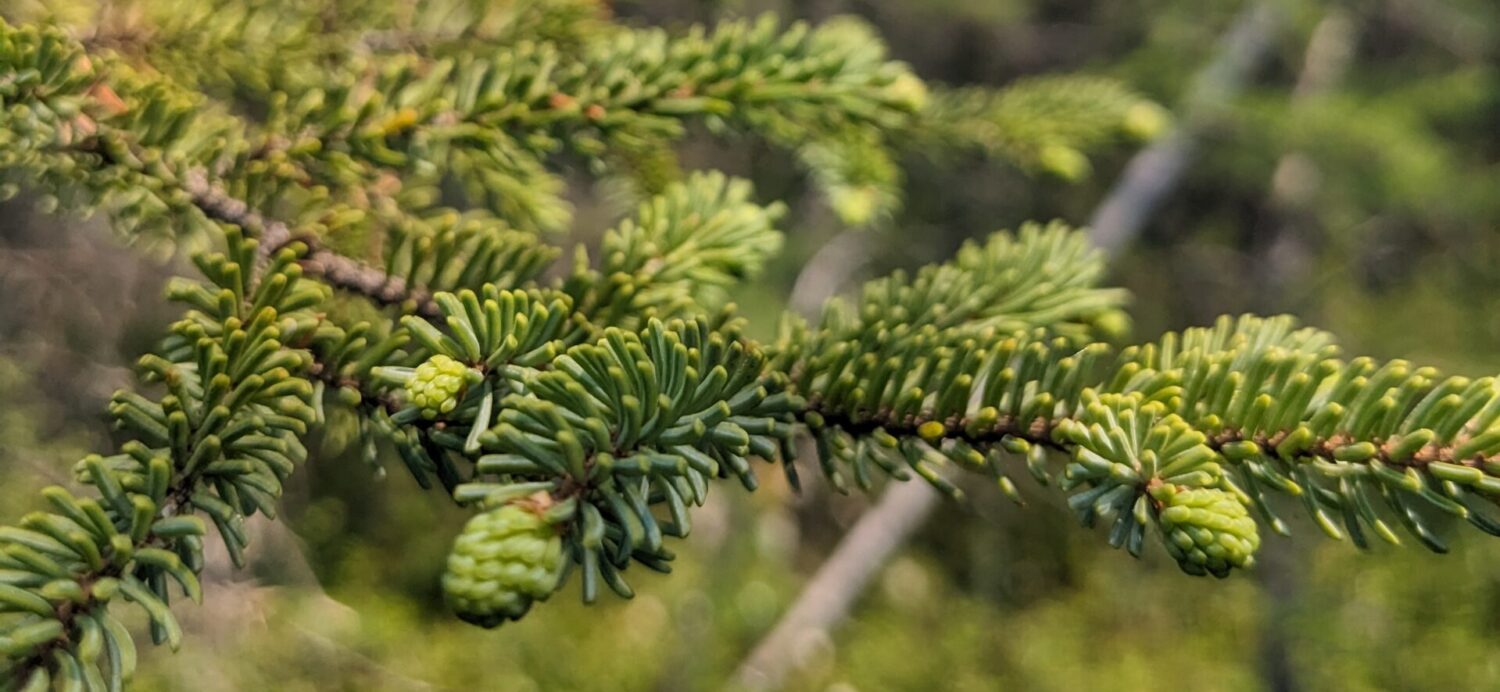I recently read that bald eagle nesting sites have been spreading in the eastern US as the population continues to recover from a history of pollution exposure and indirect poisoning. It made me think of the first time I recall coming across an eagle nest in the wild.
Back in early spring of 2018, I was working on a forest inventory contract in the Ouachita National Forest of Arkansas near the southern bank of Lake Ouachita. On one particular morning I had planned a route to reach one of the most remote locations in the contract. On the map it appeared as a long narrow peninsula that jutted out into the lake like an accusing finger. From the nearest road, it would take an hour and a half to scale the steep talus of Bear Mountain. I would also have to watch for copperheads along the way. Then I would be able to descend into the cooler oak forest of the north slope, making my way to the lake shore.
Far from the Maddening Crowd
Beginning the climb toward the ridge, I found myself scrambling over large boulders covered with herbaceous plants spreading along the surfaces of the rocks. Hopping from one rock to the next, careful not to upset their delicate balance, I reached the top of the ridge and quickly moved down the other side through tall chestnut oaks.
In the distance I could make out the cool blues and greens of the reservoir below. I came across the remains of an old forest road, grown over from years without use. Small yellow poplar saplings sprouted along the track. I followed it until I reached the narrow peninsula. Here the oaks gave way to tall shortleaf pines.
As I approached the water’s edge, I heard a loud high-pitched screech from high above the forest canopy. Between the branches I could make out the circling pattern of a large bird and quickly realized it was a bald eagle. I must have startled her I thought to myself. As I watched it circle above me and tried catching a better glimpse, my eyes came to a large tangle of tree branches that formed its nest high in a pine tree. This nest was large enough to park a Buick in and it became obvious why she seemed so agitated; she probably had eggs and thought I was a threat! I’m sure there where few if any human visitors to have seen this nest if not from the water. However, as its population increases (and urban sprawl spreads), bald eagle nesting sites are increasingly found in urbanized areas.

Nesting Site Characteristics
It turns out that bald eagles (Haliaeetus leucocephalus) commonly locate their nests along rivers, lake, and reservoirs where they have easy access to their main food sources: fish and aquatic reptiles. But more and more, proximity to human populations seems to have little impact on nesting site selection. In fact, in Virginia, nest locations are predominantly found in those areas closest to the Chesapeake Bay and smaller inland waterways; areas of dense urban development. The Chesapeake Region may even be one of the more densely populated areas for bald eagle nesting in the eastern US.

Nesting Pattern
During the late winter and spring months, observations of bald eagles peak in eastern Virginia according to data on iNaturalist. This makes sense because bald eagles in the Chesapeake Region tend to begin laying eggs and nesting in late December to early January. They also tend to stick around to raise their fledgling young.


Recovery (Population Then and Now)
Luckily, populations of bald eagles have risen in the last few decades, especially after the use of DDT was banned in the early 70s. In Georgia in the 80s, there was only one known bald eagle nest located on a coastal island. Today, there are 229 known nests in the state, 227 of which are actively monitored.
“In Georgia in the 80s, there was only one known bald eagle nest located on a coastal island. Today, there are 229 known nesting sites!”
georgiawildlife.com
Current Threats
Though the species is recovering well, it still faces ongoing threats from pollutants. For example, mercury that accumulates in fish species are then absorbed when they are consumed by eagles. Likewise, rat poisons also kill eagles when they consume rodents that are poisoned themselves. Algae blooms can also affect bald eagles’ nervous systems when they prey on smaller birds that feed on aquatic vegetation.

Get Involved
Do you have a bald eagle nesting site on your property or in your neighborhood? If so, contact your state’s department of wildlife resources and help them keep track of this species health.
More Resources
https://georgiawildlife.com/bald-eagle – This site is a great resources for learning about nesting site surveys conducted in Georgia in recent years.
https://ccbbirds.org/what-we-do/research/species-of-concern/virginia-eagles/eagletrak/ – A great place to play around with geospatial data pertaining to nesting and roasting sites in Virginia.
https://services.dwr.virginia.gov/fwis/?Menu=Home.__By+Map – Another resource for manipulating geospatial data pertaining to bald eagles and other threatened species.
iNaturalist is an incredibly useful tool that I use to identify species in the field and look at others’ observations.


1 thought on “Bald Eagle Nesting Sites on the Rise in the East”